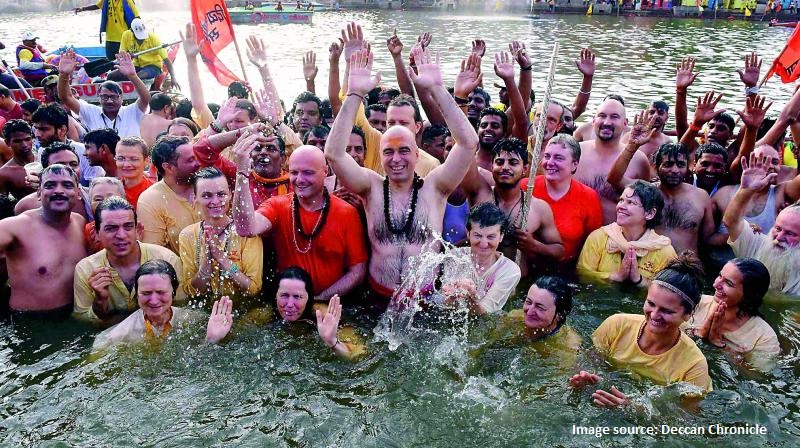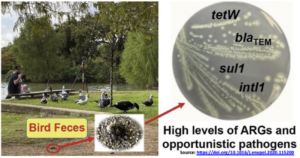Access to clean, pure and safe water is the right of an individual. However, industrialization and urbanization has polluted rivers mostly via agricultural runoffs and industrial effluents. Not only this, surprisingly high level of pollution comes from religious ceremonies as well. The act of mass bathing is one of the most significant contributors in India. The river-water such as Ganga, Yamuna, and Cauvery is considered sacred and various rituals are linked to mass bathing. Not only this in addition to ‘holy-dip’, people also drink a handful of water as a part of religious rituals. Thus it is assumed that in addition to effluents, domestic waters; mass bathing can act as a route of transfer of antibiotic residues and /or antibiotic resistant microbes from place to another. Specially, the presence of indicator bacteria E. coli, suggestive of fecal contamination, can be a big threat.
In this regard, the authors of the paper have made an attempt to understand the microbiological, physicochemical parameters of River Kshipra, a source of domestic water supply for Ujjain City and around. High number of E. coli was found during- and post-bathing in river-water and in river-sediment. Interestingly, many physico-chemical properties of River Kshipra changed during mass bathing events. The resistance profile of isolated strains of E. coli seems alarming with resistance to ceftazidime, cefotaxime, cefapime, ampicillin, tetracycline, and co-trimoxazole. This finding prompts for huge health risk of waterborne transmission and infection. Further, the results emphasize the need for improved guidelines of surveillance of water quality and of antibiotic resistance during mass bathing festivals and to also come up with policies in place to develop effective prevention and control strategies for avoiding waterborne contamination.
To learn more, please visit the website of Plos one (Link)
Link https://journals.plos.org/







